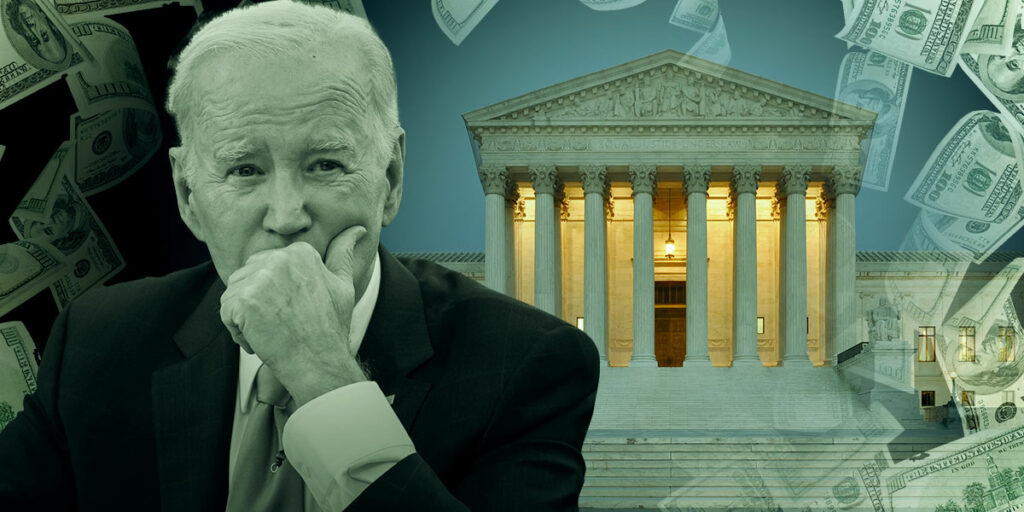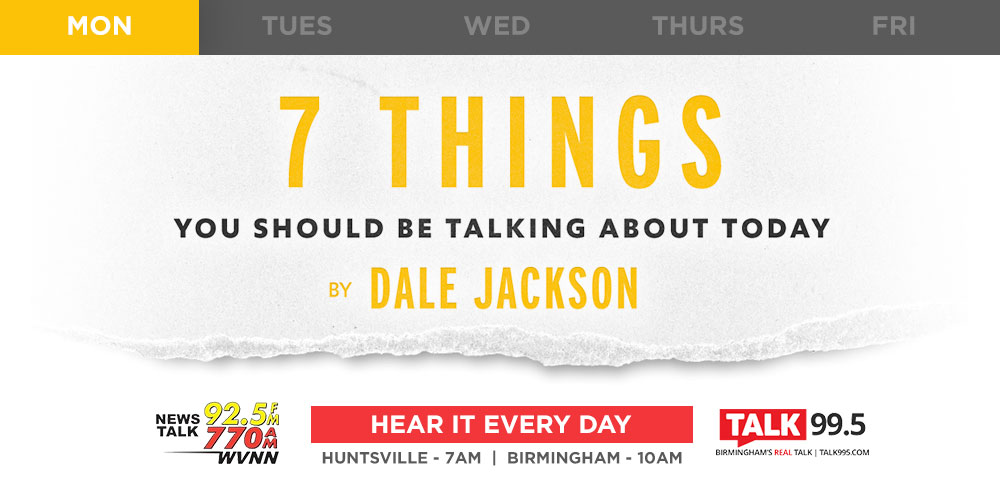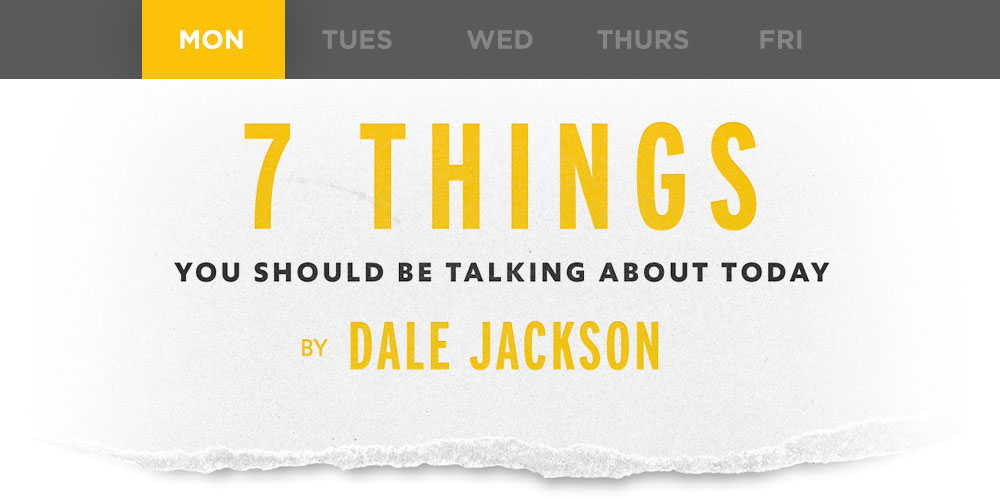
By Dr. Daniel J. Smith and Sean P. Alvarez
Vying for the democratic nomination for the Whitehouse, both Bernie Sanders and Hillary Clinton have proposed higher education reforms to decrease or even eliminate tuition for college students.
While academics (and aspiring academics) like ourselves can reasonably expect to benefit from reforms to boost college enrollment, these gains would be outweighed by the costs imposed on taxpayers and students themselves. Let us explain.
One has to constantly remind politicians – especially those up for election – and voters alike that government programs must be funded. The costs of Mr. Sanders and Mrs. Clinton’s higher education reforms must ultimately fall to taxpayers. Their proposed reforms certainly aren’t cheap, especially given the rising costs of other federal programs such as social security and the affordable care act. Bernie Sanders plan for tuition-free college would cost an estimated $750 billion over the next ten years. That amounts to over $4,700 for every current member of the U.S. labor force. Even Hillary Clinton’s more modest affordability plan would still stick taxpayers with a bill of $350 billion.
Most likely, these costs are understated. Students paying reduced tuition – or even no tuition under Mr. Sanders’ plan – would have little incentive to bargain shop and compare the costs of tuition at different universities. If you think higher education costs are already spiraling out-of-control, wait until colleges have even less incentive to contain costs. And taxpayers will be on the hook for it.
The damage won’t be confined to taxpayers’ hard-earned dollars. The students themselves will be worse for wear. Students with subsidized student loans are already disproportionately choosing to major in less rigorous fields with lower pay. More often than not, these students end up in low-skilled jobs that traditionally haven’t required a college degree. If educational reforms reduced the cost of tuition or eliminated it completely, you could only imagine that students would have even less incentive to judiciously select their college major. The likely result would be shortages of college graduates in fields such as engineering and science and an overabundance of majors in fields with lower demand.
Furthermore, the less students pay for their college education, the less skin in the game they have when it comes to succeeding in the classroom. Even under our current system of subsidized higher education loans, undergraduates already exhibit less academic ambition. In fact, college students today spend three times more hours socializing than studying. Colleges, realizing that students are placing more value on the social experience of college than on actually educational pursuits, have resorted to luxury dorms and amenities to attract students. One can only imagine how much more emphasis students will place on championship football teams and resort-style living if students aren’t paying for it.
Denmark, held up by both Mrs. Clinton and Mr. Sanders as a model system when it comes to higher education, shows us precisely how free-tuition hurts both taxpayers and students. Since Danish students aren’t paying tuition, they have increasingly taken longer and longer to finish their degrees, heaping more burdens on taxpayers already facing a 56% top tax rate.
While we certainly stand to personally benefit from Mr. Sanders or Mrs. Clinton’s proposed educational reforms, they would ultimately straddle already overburdened taxpayers with new taxes, drive up the costs of higher education, and ultimately reduce academic ambition.
Sean P. Alvarez is an economics major at Troy University. Daniel J. Smith is the associate director of the Johnson Center at Troy University. Follow him on Twitter: @smithdanj1












